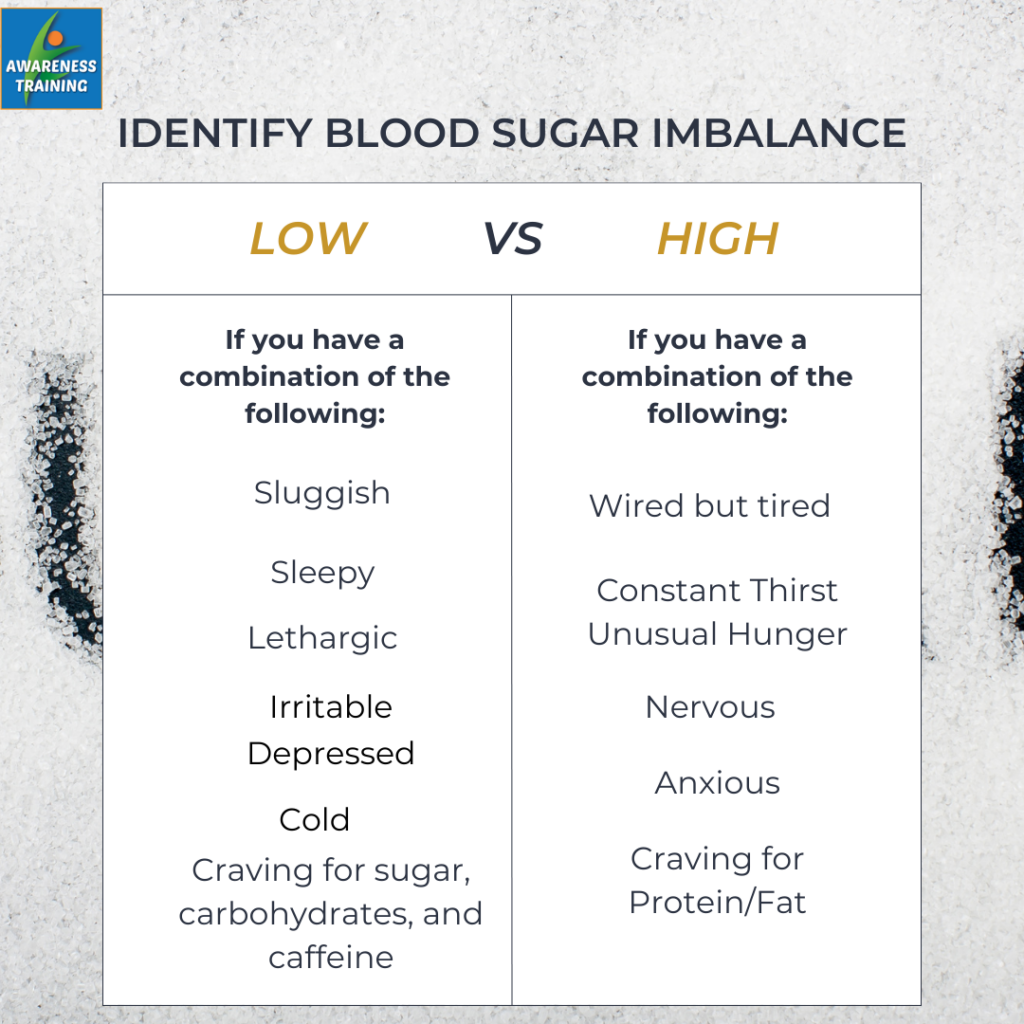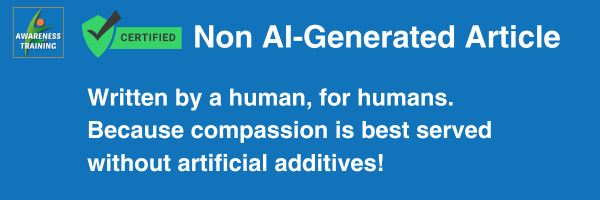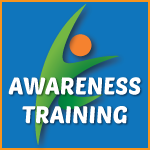Help! How to Balance my Blood Sugar

Your doctor told you that your blood sugar is constantly too high.
Normal Blood Sugar: If your blood glucose stays between 70-100 milligrams per deciliter.
There isn’t one area of the body that isn’t affected by constantly high blood sugar
This can lead to kidney damage, liver damage, poor eye health, skin issues, heart disease, and stroke.
In short,
If you deeply care about the state of your health and want to feel amazing, blood sugar levels must be brought back into balance.
And I’ll show you how…
How to Spot Blood Sugar Imbalances
If you walk into my studio, you’ll find a beautiful wall decor of the Yin/Yang symbol hanging on the wall. I often use this as a teaching tool to remind my clients that the body is always trying to reach homeostasis, the self-regulatory process by which the body maintains stability while adjusting for changing conditions.
Think about what happens in on a hot summer day. When your outside under the hot blistering sun, what does your body do to prevent overheating? You start sweating. Conversely, when it’s a cold winter day, your body may start to shiver in efforts to produce body heat or it will shunt blood towards your organs and away from your hands and feet.
Sorry feet, the heart is more important than you.
Why do I mention this?
Well, it’s important to identify the balancing act the body plays when managing your blood sugar levels.
I won’t share the latest technology on tracking your daily blood sugar levels which can be time consuming, pricey, and not always practical if you ask me.
Instead,
I’ll teach you how to identify the signs of low and high blood sugar levels so you can be an expert of your own body.
First how do you know if your blood sugar levels are in a balanced state?
When they are balanced, you will feel healthy, emotionally stable, have good energy, and your mental clarity will feel crystal clear.

Note: There are sometimes crossovers between the two. Just because you feel one or two symptoms from the chart doesn’t mean you are experiencing a blood sugar imbalance.
Instead, use this chart as a tool to help guide you towards better awareness.
In case you were wondering, you can most definitely fluctuate between both states. Which brings us to my next point…..
Balanced Meals for Balanced Blood Sugar
“There is no one diet that works for everybody.”
If you need gift ideas for me I would love that saying framed. Ideally next to my Yin/Yang symbol on my wall.
Because we are too far along as a species to still believe that everybody responds the same way to foods.
That is why I teach my clients how to eat.
So they know exactly how to listen to their body even after going through major life changes. Pregnancy, childbirth, menopause, and stressful life events such as a divorce or the loss of a loved one.
I’d like to share with you a simple approach (not easy, Simple) that once you get started, you won’t ever want to hear about counting a calorie again.
Let’s remember this simple rule:
Carbohydrates raises blood sugar
Protein lowers blood sugar
Fat balances the response to both carbs and protein.
What are you supposed to do with that information?
Well, this is where using one of the best self-awareness tools comes in handy…….
Using any type tracking device, a cheap notebook, your smart phone note app, food tracking software (you aren’t going to count calories, just what you eat)
Start by tracking the types of food you are eating. Don’t worry about food portions. Just the type of foods in regards to carbohydrates, proteins, and fats.
Then log in your notes what you are feeling after your meals.
By doing this you are going to significantly increase your awareness of how what you eat effects how you feel. So that you’ll know exactly what to include in your diet to bring you back to balance.
I run my client’s through an awareness boosting questionnaire called the Primal Pattern Type Form. After taking it, you’ll have a neat visual of the macro nutrient ratio that would likely work best for your body type.
*This is not a diet. Rather, it’s a great starting point to learn how to start eating to feel good.
As a reader, I’ll be glad to send you the form via email. Email me PRIMAL PATTERN to get the form.
ray@awarenesstrainingonline.com
Hydration for Blood Sugar Imbalance
Hydration=Energy
When you are dehydrated, which the majority of people these days tend to be, you lose one of your best defenses against excessive appetite.
Without consistent water intake, your body will crave it’s favorite form of energy boost: sugar/refined carbohydrates.
Thus, putting you back on the roller coaster of high and low blood sugar levels.
Ready to get off the ride?
Do this: Track regularly how much water you drink daily. Notice which days and times you drink.
Because there are individual factors that determine how much water you should be drinking (age, lifestyle, medication, temperature etc) I can’t give you an exact cup to aim for.
Instead,
Your body will tell you if you are drinking enough. Signs of low water intake includes urine that is dark in color, body weakness, dizziness, and low mental clarity.
Move Back to Balance
Good News! Exercise of all kinds can help maintain healthy blood sugar levels.
Aerobic activity such as swimming or jogging. Resistance Training, like lifting heavy weights. And even combining both in the form of a HIIT style workout can all help you create balance and increase your body’s sensitivity to insulin, combating insulin resistance.
A good rule of thumb: Aim to exercise 1-3 hours after having a meal as that’s when your blood sugar levels tend to be the highest.
If you are currently struggling with blood sugar issues or have type I or type II diabetes, it’s important to speak with your primary health care doctor prior to starting an fitness program.
Now that you know a little bit more about how to keep your blood sugar levels in check, I’ll leave you with some extra tips:
Good Tip: Start with a basic food log. Track how you feel after your meals. Use the Low/High Blood Sugar Chart in this blog
Better Tip: After being cleared for exercise by a trusted health care professional, begin an exercise routine 2-3 days a week. It can be as simple as walking.
Best Tip: Book a consultation with me and I’ll show you how as a holistic lifestyle coach and personal trainer, I’ll help you design a program that puts you in charge of your health. So that way you can look and feel your best.
All programs begin with a free 20 minute Awareness Call. To ensure we are a good fit.

